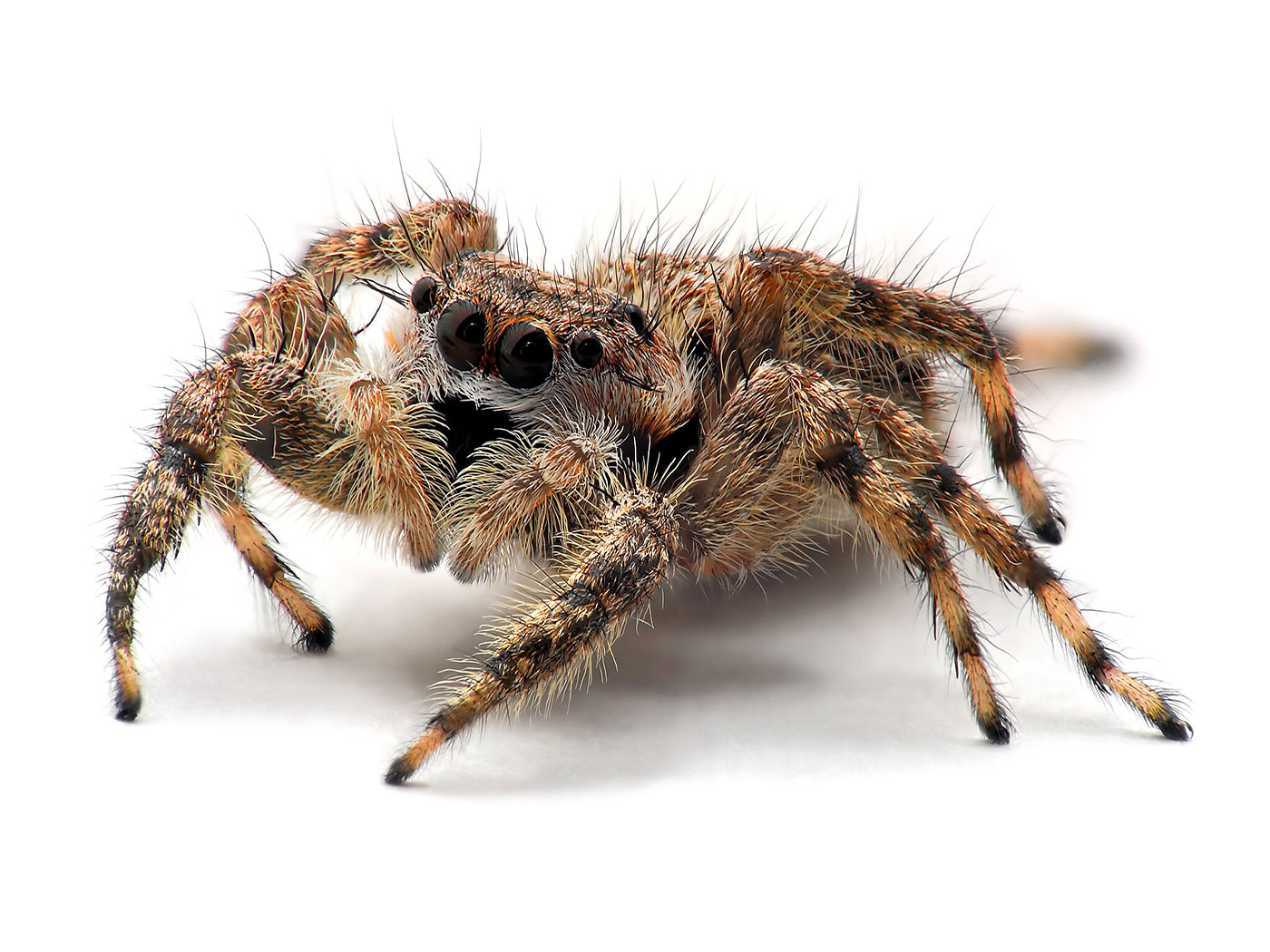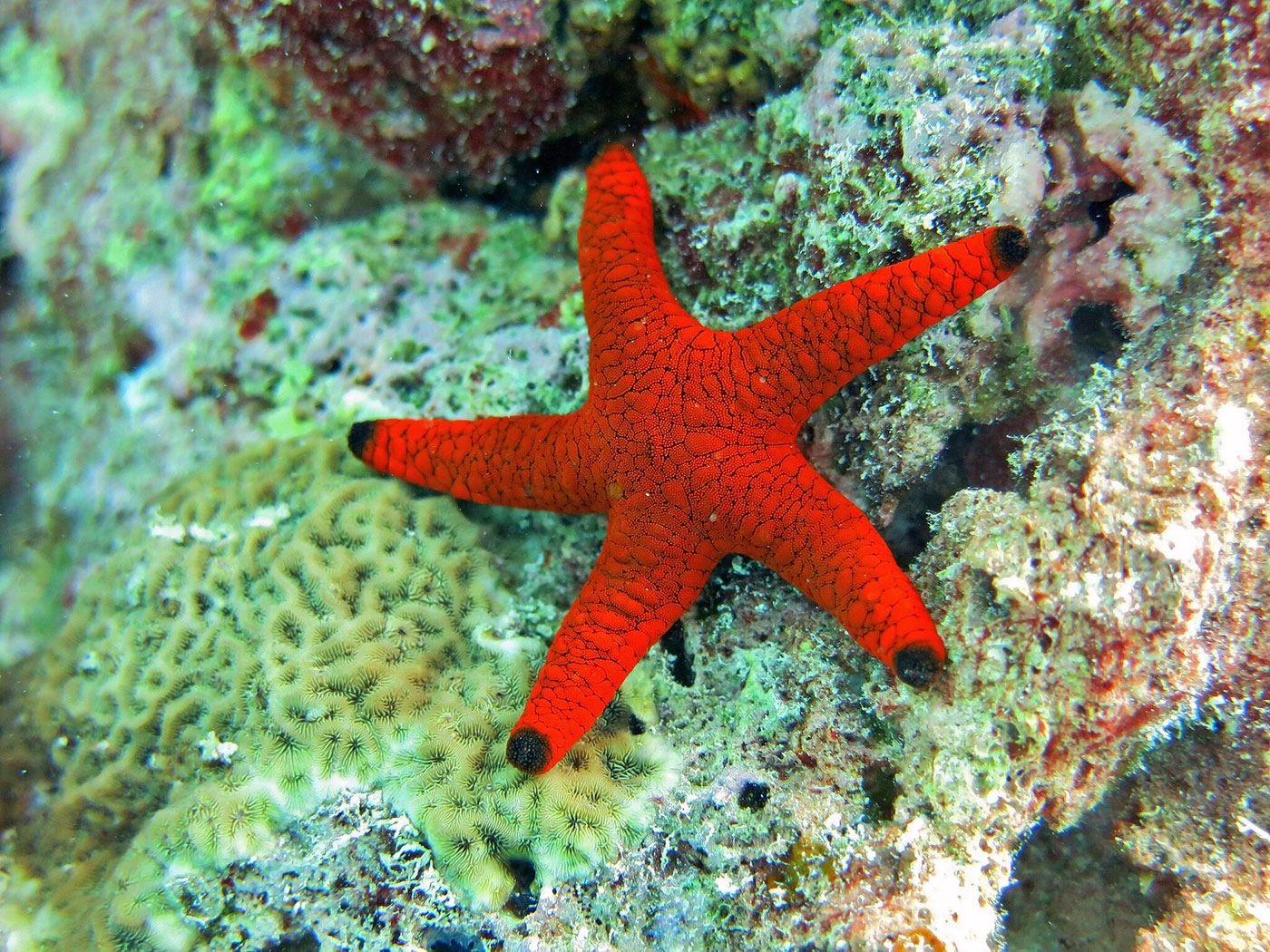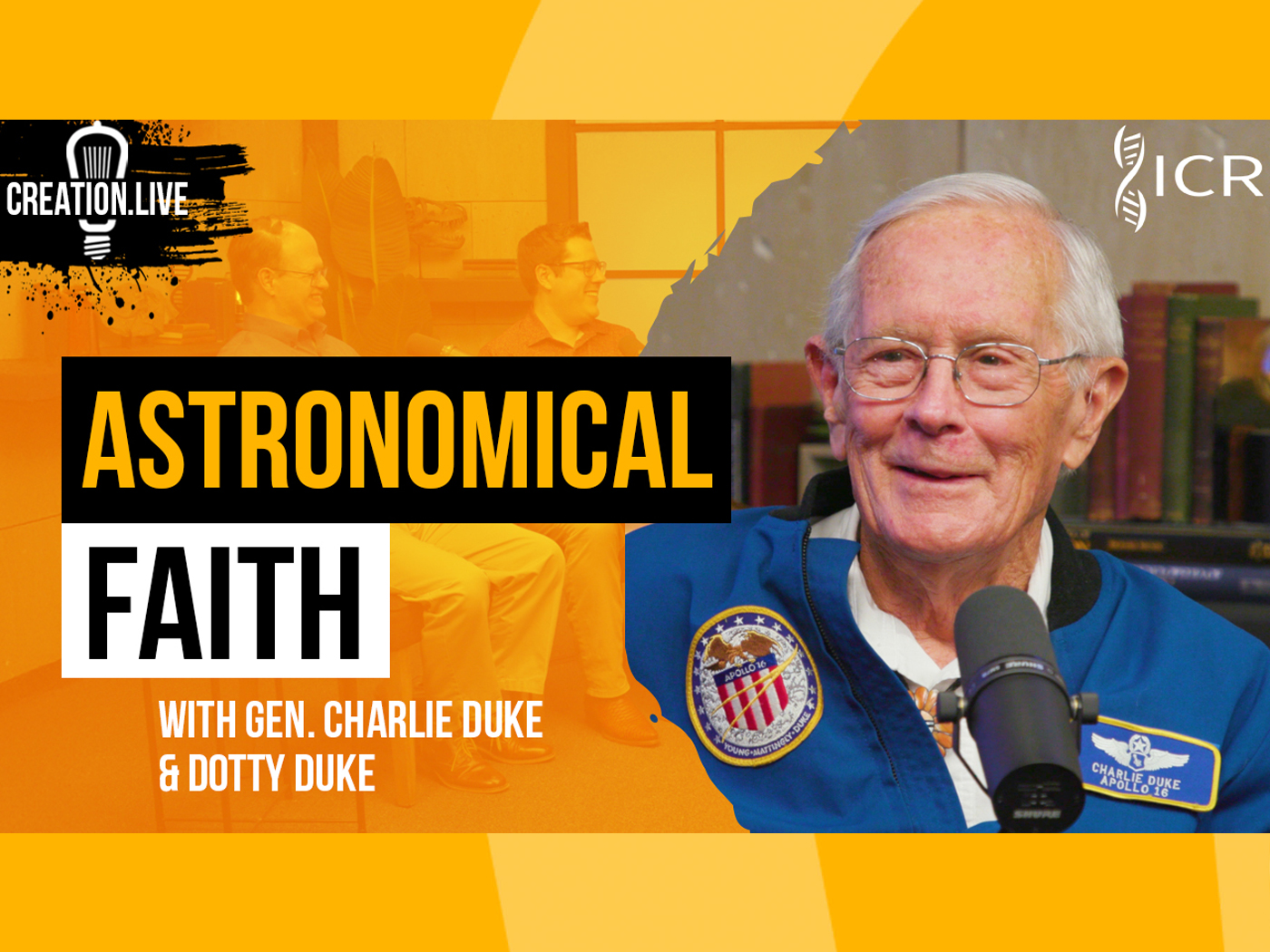Evolutionists utilize a theoretical tree of life that takes people, plants, and animals back into deep evolutionary time to an unobserved, unknown, hypothetical last universal common ancestor (LUCA). Whatever this organism was, they maintain, it was the ancestor of all life and evolved in turn from nonliving chemicals.
 In July of 2024, Science magazine confidently reported, “The last ancestor shared by all living organisms was a microbe that lived 4.2 billion years ago, had a fairly large genome encoding some 2600 proteins, enjoyed a diet of hydrogen gas and carbon dioxide, and harbored a rudimentary immune system for fighting off viral invaders.”1
In July of 2024, Science magazine confidently reported, “The last ancestor shared by all living organisms was a microbe that lived 4.2 billion years ago, had a fairly large genome encoding some 2600 proteins, enjoyed a diet of hydrogen gas and carbon dioxide, and harbored a rudimentary immune system for fighting off viral invaders.”1
That’s quite a statement that details an unknown creature living somewhere on this planet 4.2 billion years ago.
But evolutionists writing in Nature Ecology & Evolution describe the metabolism of this hypothetical creature as being contentious, not to mention its age and effect on this planet’s system.
The nature of the last universal common ancestor (LUCA), its age and its impact on the Earth system have been the subject of vigorous debate across diverse disciplines, often based on disparate data and methods. Age estimates for LUCA are usually based on the fossil record, varying with every reinterpretation. The nature of LUCA’s metabolism has proven equally contentious, with some attributing all core metabolisms to LUCA, whereas others reconstruct a simpler life form dependent on geochemistry.2
As one can see, all of this is guesswork based on evolutionary naturalism and imaginative speculation.
Years earlier, seven evolutionists stated, “information about how and where LUCA lived is lacking.” They attempted to answer this question by identifying, in part, 355 protein families that allegedly traced back to LUCA by evolutionary relationships. They concluded,
Their functions, properties and prosthetic groups depict LUCA as anaerobic, CO2-fixing, H2-dependent with a Wood–Ljungdahl pathway, N2-fixing and thermophilic. LUCA's biochemistry was replete with FeS clusters and radical reaction mechanisms. Its cofactors reveal dependence upon transition metals, flavins, S-adenosyl methionine, coenzyme A, ferredoxin, molybdopterin, corrins and selenium. Its genetic code required nucleoside modifications and S-adenosyl methionine-dependent methylations.3
All of this as the result of time, chance, and natural processes! Take, for example, nitrogen fixation (“N2-fixing”) that was mentioned. The chemistry is daunting. Like any biochemical process, it is a very complex procedure that requires a large amount of energy and nitrogenases (complex enzymes) to break the strong triple covalent bond between two nitrogen atoms.
This ethereal creature also must have “harbored a rudimentary immune system for fighting off viral invaders.”1 Once again, there is nothing simple about this elementary immune system the scientists think was CRISPR-Cas9 (an acronym for Clustered Regularly Interspaced Short Palindromic Repeats),
”LUCA likely had 19 CRISPR-Cas9 genes, an apparatus modern bacteria rely on to chop up the genetic material of viral invaders (and the inspiration for the versatile genome editor now used in many fields). ‘LUCA had this early immune system as a way of avoiding viruses,’”1 said Edmund Moody, of the University of Bristol, England.
Scientists can only say they believe the CRISPR-Cas system evolved. Stating the LUCA had this immune system, however, is sheer speculation.
Evolutionists maintain the last common ancestor of all living things conveniently lived well-over four billion years ago, but it, “is still just a hypothetical organism.”4 There is simply no physical evidence for this creature, nor where it lived. Only the theory of evolution demands it existed.5 Reading the evolutionary literature reveals that, from the outset, whatever this hypothetical organism was, it was enormously complex, which speaks so eloquently against evolution’s mythical basis of chance and deep time.
Life only comes from the author, giver, and sustainer of life, Jesus Christ.
References
- Service, R. Our last common ancestor lived 4.2 billion years ago—perhaps hundreds of millions of years earlier than thought. Science. Posted on science.org July 12, 2024.
- Moody, E. et al. 2024. The nature of the last universal common ancestor and its impact on the early Earth system. Nature Ecology & Evolution. 8: 1654–1666.
- Weiss, M. et al. 2016. The physiology and habitat of the last universal common ancestor. Nature Microbiology. 1: 16116.
- Gough, E. Could Life Exist in Molecular Clouds? Universe Today. Posted on universetoday.com November 30, 2023.
- Denton, M. 2016. Evolution: Still a Theory in Crisis. Seattle, WA: Discovery Institute Press.
Stage image: Koala
Stage image credit: Copyright © Till Niermann. Used in accordance with federal copyright (fair use doctrine) law. Usage by ICR does not imply endorsement of copyright holder.
* Dr. Sherwin is a science news writer at the Institute for Creation Research. He earned an M.A. in invertebrate zoology from the University of Northern Colorado and received an honorary doctorate of science from Pensacola Christian College.




















